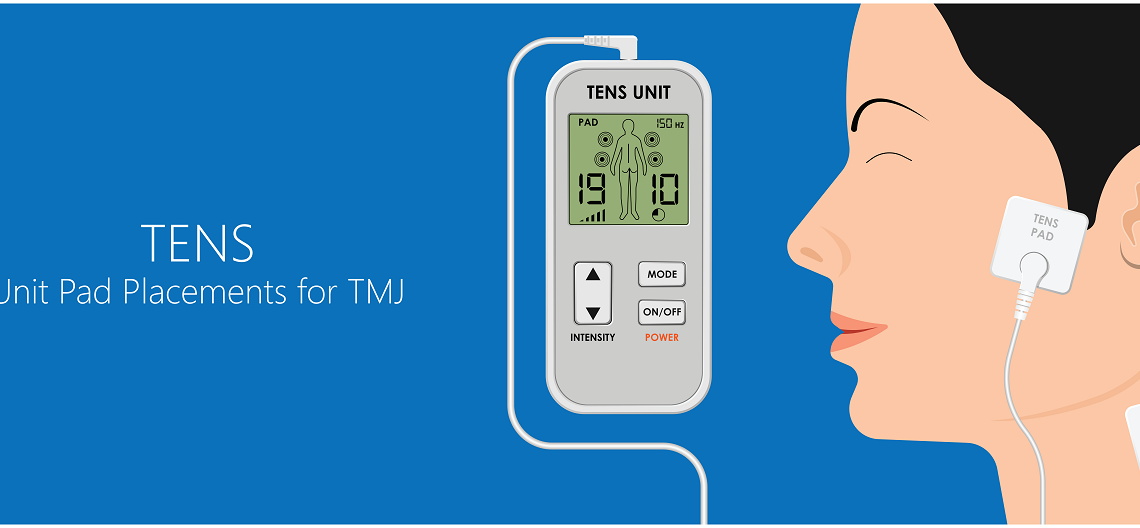The purpose of using low frequency TENS for any TMD patient is to relax spastic masticatory muscles. Straining musculature is the hidden, yet commonly undetected problem with most TMD/orofacial pain problems. It is the straining and tense muscles that contribute to most muscular headaches, neck aches, facial pains and malocclusions not observed on any MRI, tomogram or any form of radiographic imaging. Diagnosing a proper lower mandibular to upper maxillary jaw relationship in six dimensions requires an accurate physiologic diagnosis, establishing a reliable relationship between these two entities. A diagnosis based on relaxed muscles is a medical therapeutic and reasonable model, not strained, asymmetric, torquing and skewing muscles that most treating clinicians commonly don’t test, measure, nor accurately document in their overall examinations and clinical notes.
Many dentists incorrectly assume that a TMD pain patient can self-relax their tense jaw muscles to record a bite relationship for a splint or some intra-oral appliance to be made. This is totally false. In addition, talking an incorrect recording of a bite position that is not in its true physiologic position results in distorted lab mountings between the upper and lower models, and that often further adds to the occlusal, joint and head posture problems. The body has an ability to adapt and accommodate and so does the bite/occlusion in a TMD patient. But when the adaptive and or accommodative capacity to maintain a certain level of comfort has been exceeded beyond their physiologic comfort levels the muscles begin to strain, become tender and painful.
The efficacy of low frequency TENS in the diagnosis and treatment of TMJ/ MSD has been clearly confirmed in the published literature. It is clear and unequivocal that low frequency TENS (.05 Hz – 10 Hz) is both safe and efficacious for muscle relaxation and pain control. It is clear that low frequency TENS has a high degree of specificity when utilized for cranio-facial pain. (Over 44 internationally published studies support and confirm this fact).
Note: Muscles are the most common underlying problem with most TMJ/TMD pain. Most TMD pain comes from the muscles not the temporomandibular joints themselves.
Relaxing the masticatory muscles and decompressing the temporomandibular joints is a logical and recognized first step in the therapeutic medical model for treating TMD patients, in order to re-establish homeostasis to the human body. Compression, strain, torque and rotations all add to pain and other symptoms. Establishing a “physiologic” rested position for the mandible is one of the most crucial yet, highly overlooked principles for effective diagnosis and treatment of the TMD patient within the dental profession.
The J5 Dental TENS is approved for neurally-mediated muscle stimulation of both the fifth and seventh cranial nerves. The Dental TENS technology has a 50 year proven track record for effective bite recordings before, during and post treatment bite management. Neuromuscular-trained clinicians have been seeing its positive impact on their pain patients who present with mandibular postural compromises, challenging occlusal and joint problems, breaking restorations, ringing in the ears, ear congestion, pressure behind the eyes, vertigo, migraines, and pain.
The main purpose for ULF TENS is to help the dentist determine a more optimal mandibular jaw position when recording a physiologic maxillo-mandibular inter-occlusal jaw registration. Having the spastic muscles relaxed prior to recording a bite registration is therapeutically and clinically beneficial and results in much more accuracy when it comes to the subsequent treatment protocols.

